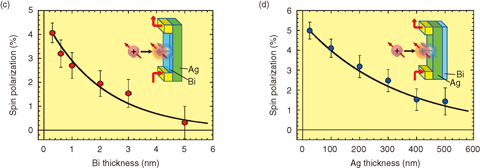
Fig.3-8 (a) Schematic of the Rashba effect and (b) schematic of the spin-polarized positron beam experiment

Fig.3-9 Surface spin polarizations observed for (c) Bi and (d) Ag as functions of their thicknesses
For energy savings by electronic devices, spintronics, which unites the charge and spin of electron, is thought to be a more promising technology than electronics based only on the charge of an electron. For the practical application of spintronics, the establishment of methods to observe and to manipulate electron spins is indispensable. In spintronics, electron spins must be manipulated without either magnetic substances or electronics. The Rashba effect is a method for electrically manipulating electron spins. Concerning applications to field effect transistors, the Rashba effect has been extensively studied. Fig.3-8(a) shows a schematic of the Rashba effect. At the interface of a bilayer system, an out-of-plane electric field is induced. Under the application of electric current, electrons see an opposite current in two materials. Consequently, an in-plane magnetic field appears; hence, electron spins are ordered in the same direction. Previous studies have suggested the occurrence of a large Rashba effect in the Bi/Ag bilayer. However, direct observation of spin-polarized electrons under a direct current has not yet been conducted so far.
In this study, we attempted to observe spin-polarized electrons in the Bi/Ag bilayer under the application of a direct current using a spin-polarized positron beam shown in Fig.3-8(b). This method enables non-destructive observation of spin-polarized electrons at the outermost surface in the natural state. In the conventional methods, the surface state may be modified because of the fabrication of electrodes on the surface to detect spin-polarized electrons.
As shown in Fig.3-9, we found that (i) electrons on the Bi and Ag surfaces are transversely spin-polarized to the applied direct current and (ii) the spin polarizations diminish as the layer thickness increases. These findings suggest that the induced spins at the Bi/Ag interface diffuse into the Bi and Ag layers and reach their surfaces. From the above results, the spin diffusion lengths can also be determined.
Thus, the spin-polarized positron beam has been demonstrated to be useful in the spintronics research.